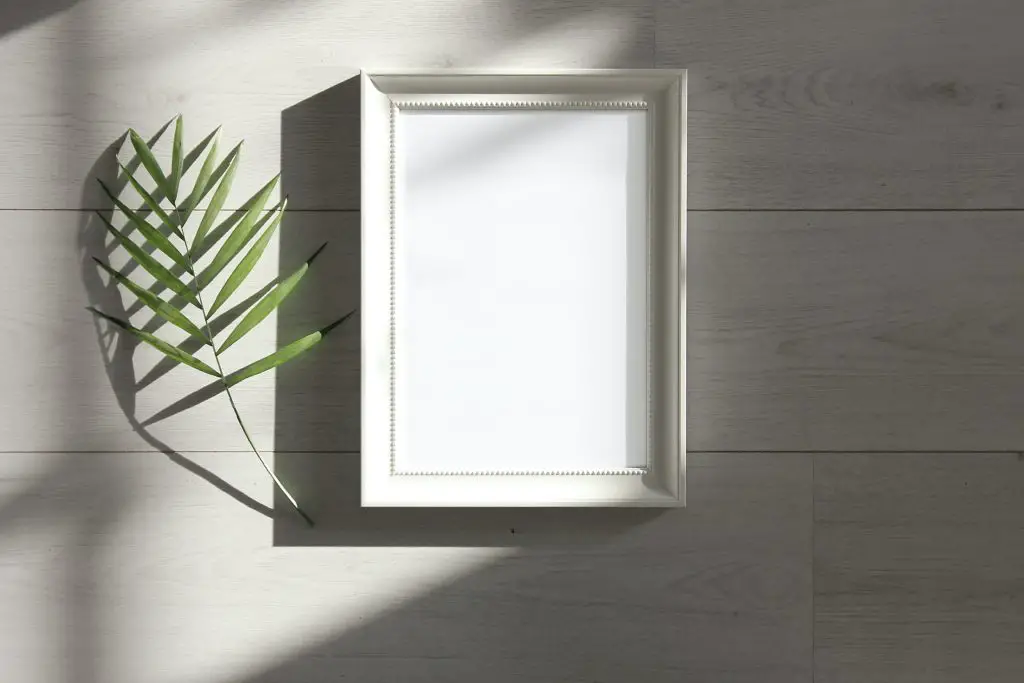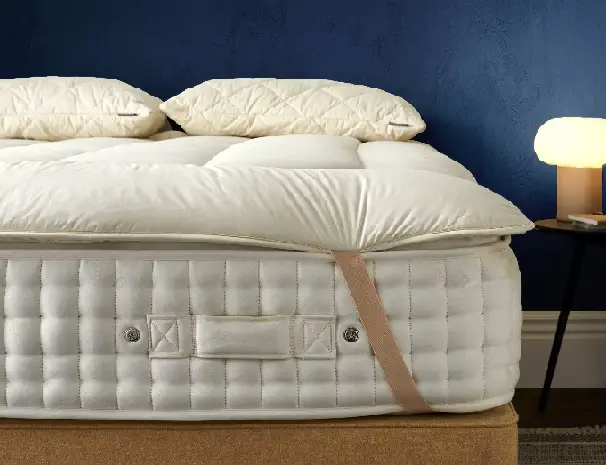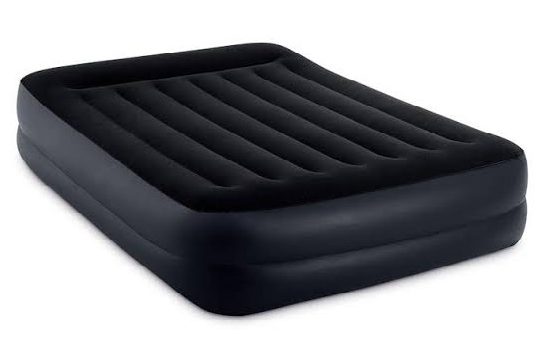When it comes to getting a good night’s sleep, a sturdy bed frame is essential. If you find that your bed frame is creaking, wobbling, or just not as stable as you would like it to be, it’s time to take matters into your own hands. In this DIY guide, we will walk you through the steps to reinforce your bed frame, ensuring that it can withstand even the most restless nights. From identifying weak spots to using simple tools and materials, you’ll be able to transform your bed into a reliable fortress of comfort and support. So grab your toolbox and get ready to give your bed frame the boost it needs!
Table of Contents
Choosing the Right Bed Frame
When it comes to choosing the right bed frame, there are a few important factors to consider. One of the most crucial aspects is the weight distribution. You want to ensure that the bed frame is designed to evenly distribute the weight of the mattress and the people who will be sleeping on it.
Another important consideration is the construction materials used in the bed frame. Different materials have different strengths and durability levels. For example, solid wood frames are generally known for their sturdiness, while metal frames can offer a sleek and modern look. It’s important to study the construction materials to determine which one would be the best fit for your needs.
Lastly, you should evaluate the frame’s stability. A sturdy bed frame should feel solid and secure. You don’t want a frame that wobbles or creaks every time you move. Take the time to test the stability of different bed frames before making a decision.
Assessing Bed Frame Weaknesses
Before you start reinforcing your bed frame, it’s important to identify any weaknesses or problem areas that may exist. One common issue is loose joints. Over time, the connections between the frame’s components may become loose, causing the bed frame to become less stable. This can easily be addressed by tightening the screws or connections.
Inspecting the bed frame for cracked or damaged components is also crucial. Any cracks or damages can weaken the overall structure and compromise the stability of the bed frame. It’s essential to replace any components that are damaged beyond repair.
Additionally, check for any sagging or bent slats. Slats play an important role in supporting the mattress and ensuring a comfortable sleep. If any slats are sagging or bent, they will need to be replaced or reinforced to prevent further damage.

Materials and Tools You’ll Need
To effectively reinforce your bed frame, you’ll need a few materials and tools. Here’s a list of what you’ll need:
- Wood screws: These will be used to secure various components of the bed frame.
- L-shaped brackets: These brackets provide extra support and stability to joints.
- Wood glue: It helps strengthen the connections between joints.
- Drill: A drill will be necessary for making new holes or widening existing ones.
- Screwdriver: You’ll need a screwdriver to tighten screws and make adjustments.
- Measuring tape: This tool will come in handy when measuring and cutting materials.
Having these materials and tools ready will make the reinforcement process much smoother and efficient.
Reinforcing the Corners
To reinforce the corners of your bed frame, you’ll need to disassemble the frame first. Carefully take apart the bed frame, keeping track of all the components. Once disassembled, apply wood glue to the joints to strengthen their connections. Make sure to use a generous amount of glue for maximum support.
After applying the wood glue, attach L-shaped brackets to the corners. These brackets will provide additional stability and prevent the joints from coming loose again. Use wood screws to secure the brackets in place. Once the brackets are attached, you can reassemble the bed frame by carefully putting the components back together.

Strengthening the Slats
The slats in your bed frame are responsible for supporting the mattress and ensuring proper weight distribution. It’s important to assess the condition of the slats and identify any damage or weaknesses. If any slats are damaged or weak, they should be replaced with new ones.
In addition to replacing damaged slats, it’s a good idea to add additional support beams to strengthen the slat system. These support beams can be placed vertically or horizontally, depending on the design of your bed frame. They will help distribute the weight more evenly and prevent sagging or bending of the slats over time.
Securing the Center Support
Some bed frames have a center support beam that runs horizontally across the middle, providing additional stability. It’s important to check if your bed frame already has a center support or if it requires one. A center support can significantly contribute to the overall sturdiness of the bed frame.
If your bed frame doesn’t have a center support, you’ll need to install one. Measure the length required for the support beam and cut it accordingly. Attach the support beam securely to the frame using wood screws or L-shaped brackets. Make sure the support beam is centered and level to properly distribute the weight.

Adding Braces for Extra Stability
If you want to further enhance the stability of your bed frame, you can add braces to areas that need extra reinforcement. First, identify the areas that feel weak or wobbly. It’s usually the corners or the midpoint of the frame that require additional stability.
Using your measuring tape, measure and cut wooden braces to the appropriate length. The braces should be long enough to reach from one side of the frame to the other and provide adequate support. Attach the braces to the frame using wood screws or L-shaped brackets.
Once the braces are securely attached, test the stability of the bed frame by applying pressure and checking for any wobbling or movement. If the frame feels solid and stable, you have successfully reinforced it.
Preventing Bed Frame Creaking
Creaking noises coming from your bed frame can be annoying and disrupt your sleep. To prevent bed frame creaking, it’s important to identify the sources of the noise. Common causes include loose joints, friction between components, or rubbing of the mattress against the frame.
Apply lubricant or wax to any squeaky joints to reduce friction. This can help eliminate the creaking noise. Additionally, tighten any loose screws or connections that may be causing the noise. Regular maintenance and inspections can help prevent creaking issues in the future.

Tips for a Long-Lasting Bed Frame
To ensure your bed frame remains sturdy and long-lasting, consider these helpful tips:
- Avoid placing excessive weight on the frame. This can strain the components and compromise the structural integrity.
- Regularly check and tighten screws and connections. Over time, they may come loose due to regular use.
- Use a mattress with proper support. A mattress that is too heavy or lacking support can cause damage to the bed frame.
By following these tips and reinforcing your bed frame, you can enjoy a reliable and sturdy sleeping surface for years to come.
Conclusion
Reinforcing your bed frame is an excellent DIY project that can significantly improve the overall sturdiness and stability of your bed. By carefully assessing the weaknesses of your bed frame, using the right materials and tools, and following the proper reinforcement techniques, you can easily transform your bed frame into a durable and reliable piece of furniture.
Remember to consider the weight distribution, construction materials, and stability when choosing the right bed frame. Assess the weaknesses, including loose joints, cracked or damaged components, and sagging slats. Gather the necessary materials and tools like wood screws, L-shaped brackets, wood glue, drill, screwdriver, and measuring tape.
Reinforce the corners by disassembling the bed frame, applying wood glue, and attaching L-shaped brackets. Strengthen the slats by replacing damaged or weak slats and adding additional support beams. Secure the center support by installing a center support beam if needed and attaching it securely. Add braces for extra stability and prevent bed frame creaking by identifying the sources of creaking and applying lubricant or tightening loose screws.
Remember to follow tips for a long-lasting bed frame, including avoiding excessive weight, regularly checking and tightening screws, and using a mattress with proper support. By following these steps, your bed frame will become more sturdy and durable, providing a comfortable and restful sleep for years to come.




